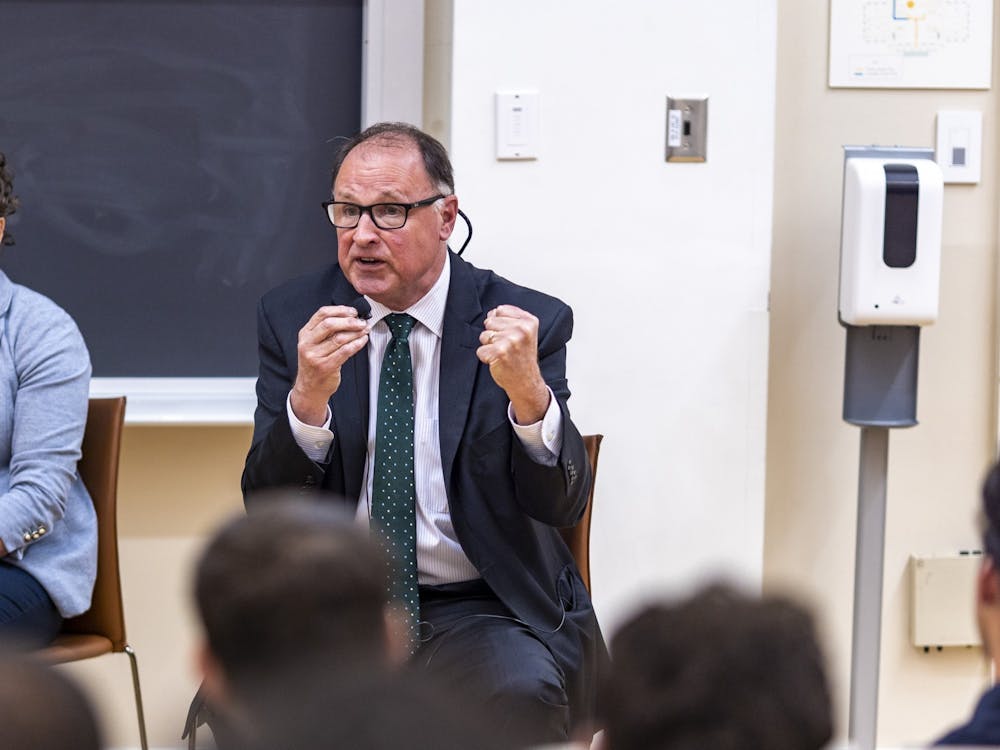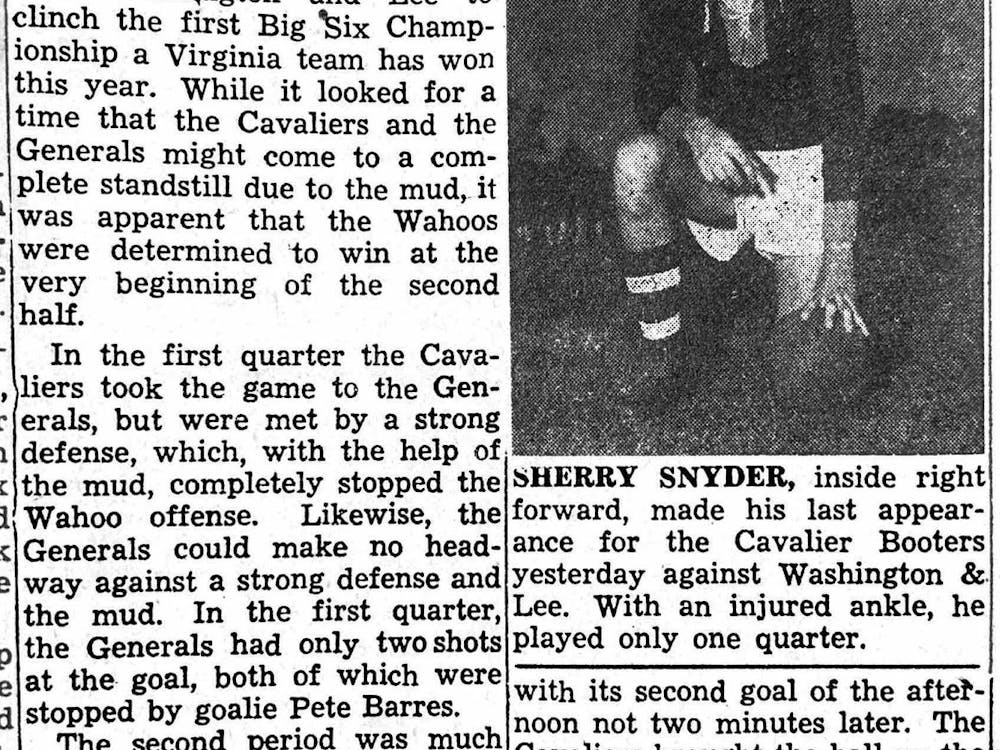Youth are likely to prefer President Barack Obama to Republican challenger Mitt Romney regardless of college experience, according to a report released last week by researchers at Tufts University.
Tufts’ Center for Information and Research on Civic Learning and Engagement in June and July polled 1,695 U.S. voters aged 18 to 29. The center repolled 1,109 of those initial respondents in October. The study determined that the proportion of support was nearly even between voters with and without college experience, though young adults who had not attended college tilted slightly more toward Obama.
Fifty-two percent of youth supported Obama, whereas 35 percent supported Romney, with a 2.95 percent margin of error.
The study found college-educated youth in general were not more liberal than non-college educated youth, in part because of the high proportions of Hispanic and black voters among non-college educated youth, lead researcher Kei Kawashima-Ginsberg said.
“Obama continues to be that guy” who can reach out to youth voters, Kawashima-Ginsberg said.
College youth and non-college youth are equally likely to vote if already registered. Youth with college experience have more access to sources of information about the election, but social networking sites helped close the information gap , Kawashima-Ginsberg said.
“There’s been a hope that the Internet and social networking is sort of a barrier breaker,” Kawashima-Ginsberg said. “The reliance on the social networking as a crucial source of information might be heavier [for people not in college].”
The survey showed youth with college experience and youth without college experience were almost equally likely to seek information about candidates on social media and debate election issues on social media.
“If you’re non-college youth, your surrounding [or people with whom you normally affiliate] is less likely to talk about the election,” Kawashima-Ginsberg said. Social networks allow youth to “connect with people who are not necessarily in their non-virtual social network.”
In contrast, traditional communication does distinguish between non-college-educated youth and college youth, the survey found. Youth enrolled in college are about twice as likely to be contacted by presidential campaigns. Nearly 12 percent of youth with college experience were contacted by the Obama campaign. The campaign contacted just 5.8 percent of youth without college experience.
The Romney campaign, in contrast, reached out to a higher percentage of non-college youth than youth with college experience — 6.6 percent versus 3.5 percent.
Center for Politics spokesperson Geoff Skelley said the gap in campaign outreach between college and non-college youth could easily be explained by practical considerations. “It’s a lot easier to contact a bunch of young people who are centered around a small area than to contact ones who are more spread out among a more disparate community,” Skelley said.
Youth without college experience reported that the lack of well-paying jobs was their top concern slightly more often than those with college experience.
Obama won 66 percent of the youth vote in 2008. That election was one of only two times the youth vote in a presidential election had cracked 50 percent since 1976, Skelley said.
“I think [the Obama campaign] definitely would like to keep it above 60 percent,” Skelley said. He said turnout targets for the campaigns were more difficult to pinpoint, but the youth turnout is expected to be lower than four years ago.
“I think we all expect the youth vote to be a little down from what it was last time … it’s hard to equal to a really historic level,” Skelley said.






